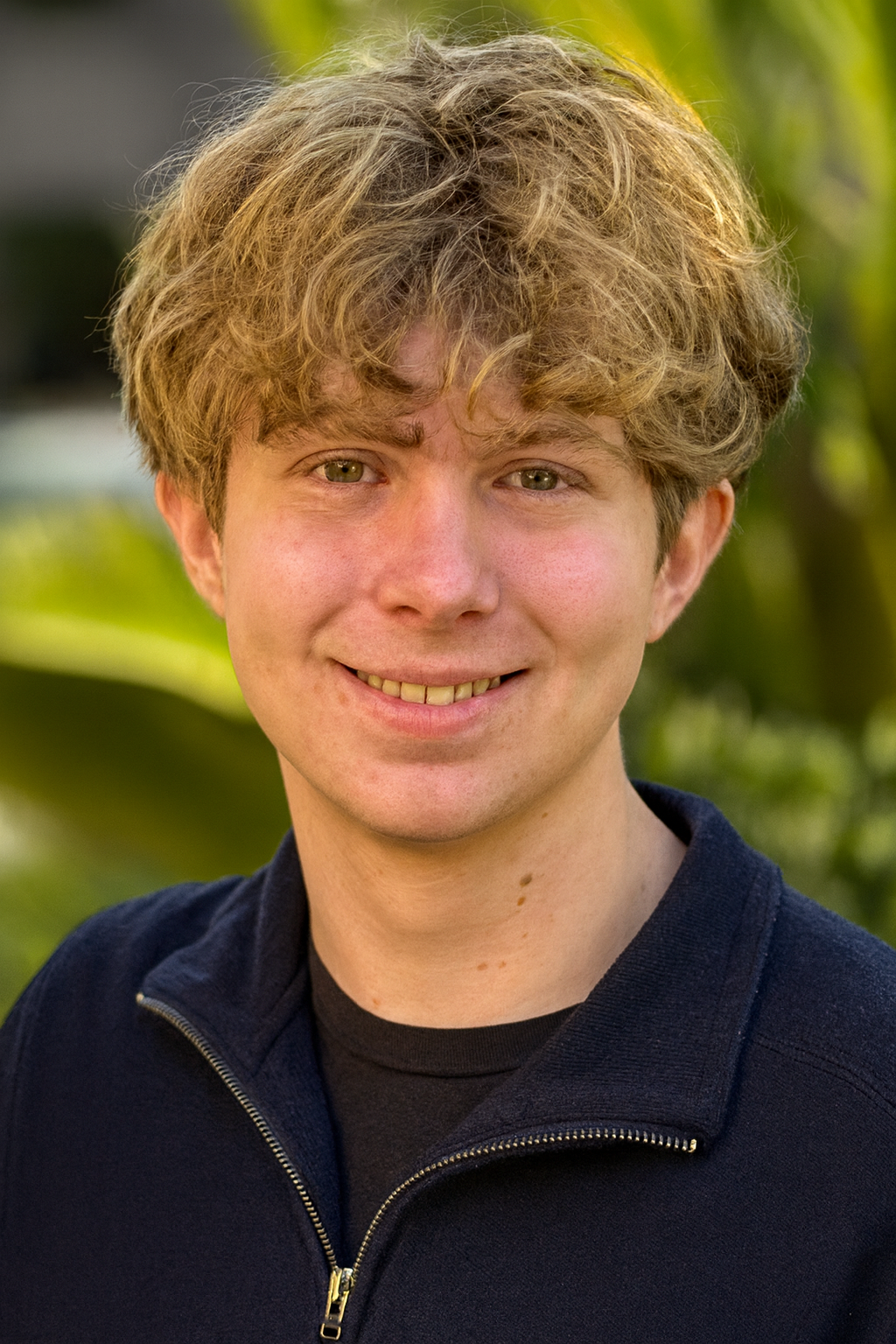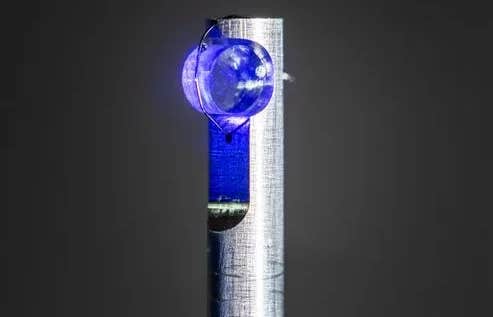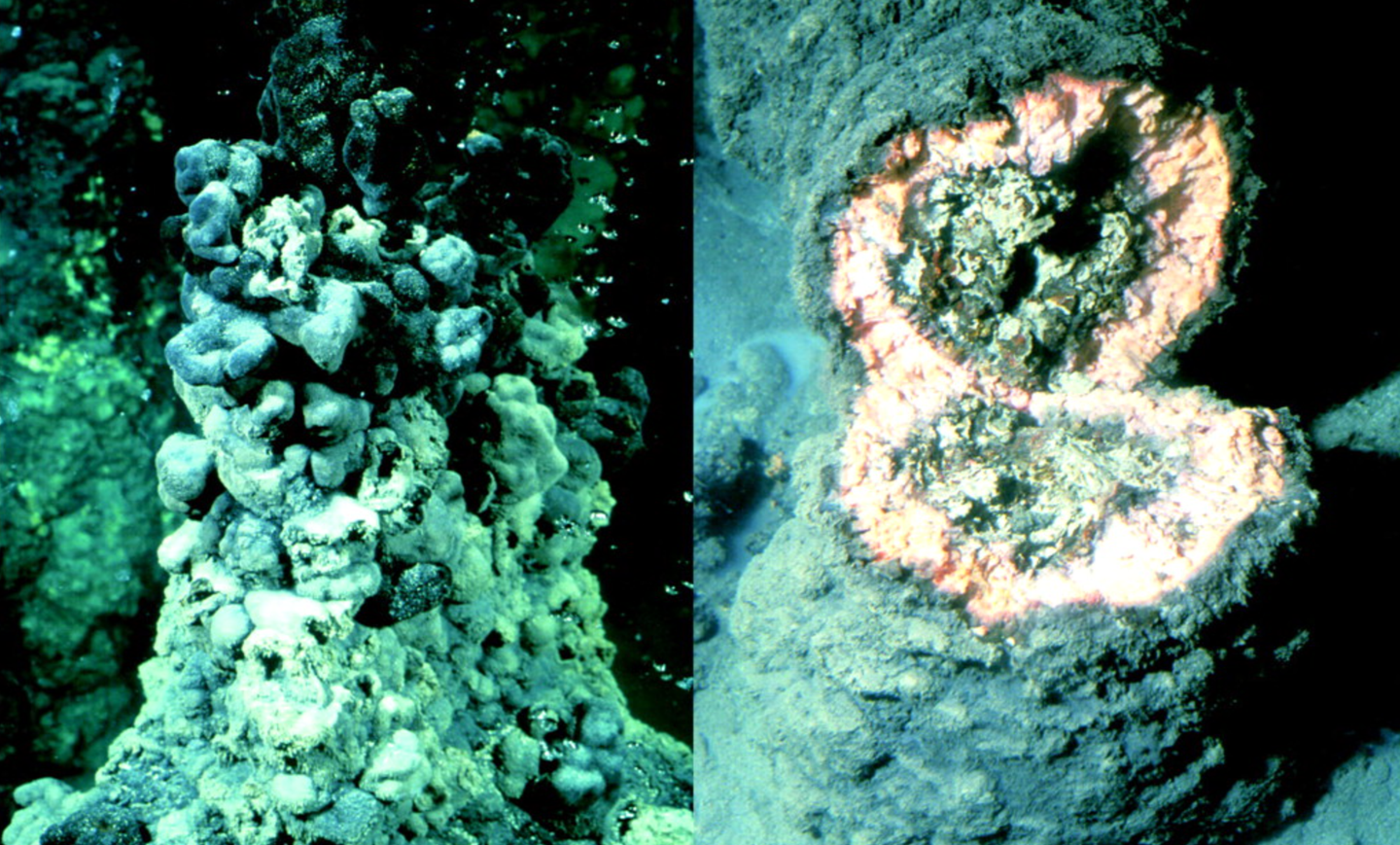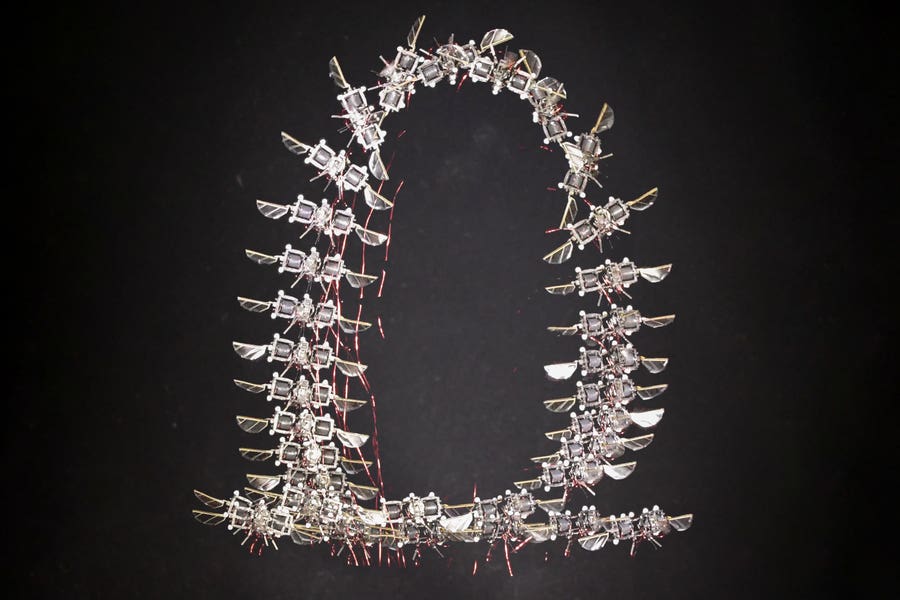The world’s first nuclear clock can detect changes in nature’s fundamental constants
A global research team has created the most sensitive nuclear clock ever, using thorium-229 to measure shifts in nature’s fine-structure constant.

 Edited By: Joseph Shavit
Edited By: Joseph Shavit

The thorium crystal. The core element of the experiment: a crystal containing thorium atoms. (CREDIT: TU Wien)
Scientists have taken another giant step towards building the most precise clock ever imagined—one that could display not only the passage of time, but shifting rules of nature itself.
An international collaboration involving TU Wien, EPFL, the University of Colorado, and the University of Delaware has achieved the most accurate measurement yet of thorium-229’s behavior. Their work reveals how this isotope responds to changes in one of the universe’s most fundamental constants—the fine-structure constant.
A Clock Built from the Heart of the Atom
Traditional atomic clocks—already wonders of precision—are tracking electron energy changes that orbit an atom. But this new research looks deeper, into the atom's nucleus. The scientists targeted a special nuclear state of thorium-229, which sits at an unusually low energy level of 8.4 electronvolts.
Because this state is accessible using normal lasers rather than gigaton particle accelerators, it holds the promise for another nuclear clock that is one thousand times more stable than the best atomic ones.
These nuclear transitions are nearly immune to thermal and magnetic interference, and thus their "ticks" are stable even in environments that derailed normal clocks. By trapping thorium ions or encapsulating them within crystals such as calcium fluoride, researchers believe that they can build a clock system with less than one second of error over 30 billion years.
Testing the Universe's Secret Drift
The fine-structure constant—denoted by α (alpha)—determines the power of electromagnetic forces, the unseen force that holds light and matter together. Its measure, approximately 1/137, governs everything from how atoms bond to how stars shine. Physicists long thought this number was fixed, never changing. But some theories suggest it could change ever so slightly over time or space, perhaps as a result of dark matter or unseen cosmic fields.
It requires a very high sensitivity to measure such a change. The study, reported in Nature Communications, found that the nuclear transition of thorium is approximately 1,000 times more sensitive to the variation in α than any atomic clock ever built. Quantitatively, they estimated an enhancement factor of K = 5900(2300), a number much greater than that of the best ytterbium atomic clock's K = –6.
If α does shift—even a billionth of a percentage point—the thorium nuclear clock would be able to notice it. Which would be like sitting back and observing the universe itself gradually rewriting the rules that govern matter.
From Pear-Shaped Nuclei to Cosmic Clues
To obtain these results, scientists built a semi-classical model with the thorium nucleus as a softly ellipsoidal sphere, like a rugby ball. When the nucleus undergoes state changes, its dimensions and electric charge distribution shift slightly, altering its electric field. To find those shifts, particularly the quadrupole part of the field, revealed the nucleus's sensitivity to electromagnetic intensity.
The scientists even modeled how small geometric distortions—a such-called "pear-shaped" deformation—would influence the measurements. Even a tiny 1% deviation in this shape could modify the sensitivity factor by nearly half, showing how sensitive but revealing these nuclear shapes might be.
Thorsten Schumm from TU Wien put it in perspective quite well: "If the atomic nucleus undergoes a state change, so does its form and thus its electric field. By precisely measuring this alteration one can test whether or not the fine-structure constant is actually constant."
A Trans-Continental Collaboration
Thorium-doped crystals used in the experiment were produced at TU Wien, and laser spectroscopic measurements were carried out in Boulder, Colorado.
By cooling the samples to 150 kelvins and illuminating them with lasers of extremely high precision frequencies, the team was able to observe slight variations in the electric quadrupole field of the nucleus. Their measurements were so precise that even a shift of a few hertz in frequency—a shift too small for most machines to measure—could be confirmed and reproduced.
Senior researcher Kjeld Beeks called the work "demonstrating the power of new precision nuclear spectroscopy to probe the fundamental texture of matter." The work also overturns past assumptions about the invariance of nuclear volume under excitation. Even a change of less than a one-twentieth of a percent in nuclear size was enough to alter predictions of energy, demonstrating the need for new models of nuclear structure.
To the First True Nuclear Clock
Scientists long suspected that thorium-229 might form the foundation of a new kind of timekeeping, but the transition required was only realized in 2024. With that milestone, a nuclear clock became more than just an idea. The hurdle now is turning these delicate experiments into stable, working devices capable of taking long-term measurements.
Such a clock might soon outstrip all present standards of time, stretching the boundaries of metrology and cosmology. Its record stability would render it an invaluable tool for testing whether physical laws evolve with time—and potentially even for feeling dark matter drifting through Earth.
Practical Implications of the Research
This accomplishment extends far beyond the improvement of wristwatches. A thorium nuclear clock might revolutionize the world's navigation systems, telecommunications, and quantum computers, where fractions of a second would make all the difference.
More fundamentally, it might be utilized as a cosmic sensor, monitoring for minuscule distortions in the structure of space and time or dark matter signals.
If the fine-structure constant ever changes, this clock could record the moment when the universe itself began to change. In that sense, the thorium-229 nucleus is more than a clockwork—it's a historian of nature's most fundamental laws.
Research findings are available online in the journal Nature Communications.
Related Stories
- First-ever thorium nuclear optical clock - the world’s most accurate timekeeper
- New type of 'nuclear' clock could revolutionize how we measure time
- MIT and Harvard break quantum limit with world’s most accurate optical clock
Like these kind of feel good stories? Get The Brighter Side of News' newsletter.
Joshua Shavit
Science & Technology Writer and Editor
Joshua Shavit is a Los Angeles-based science and technology writer with a passion for exploring the breakthroughs shaping the future. As a co-founder of The Brighter Side of News, he focuses on positive and transformative advancements in AI, technology, physics, engineering, robotics and space science. Joshua is currently working towards a Bachelor of Science in Business and Industrial Engineering at the University of California, Berkeley. He combines his academic background with a talent for storytelling, making complex scientific discoveries engaging and accessible. His work highlights the innovators behind the ideas, bringing readers closer to the people driving progress.



